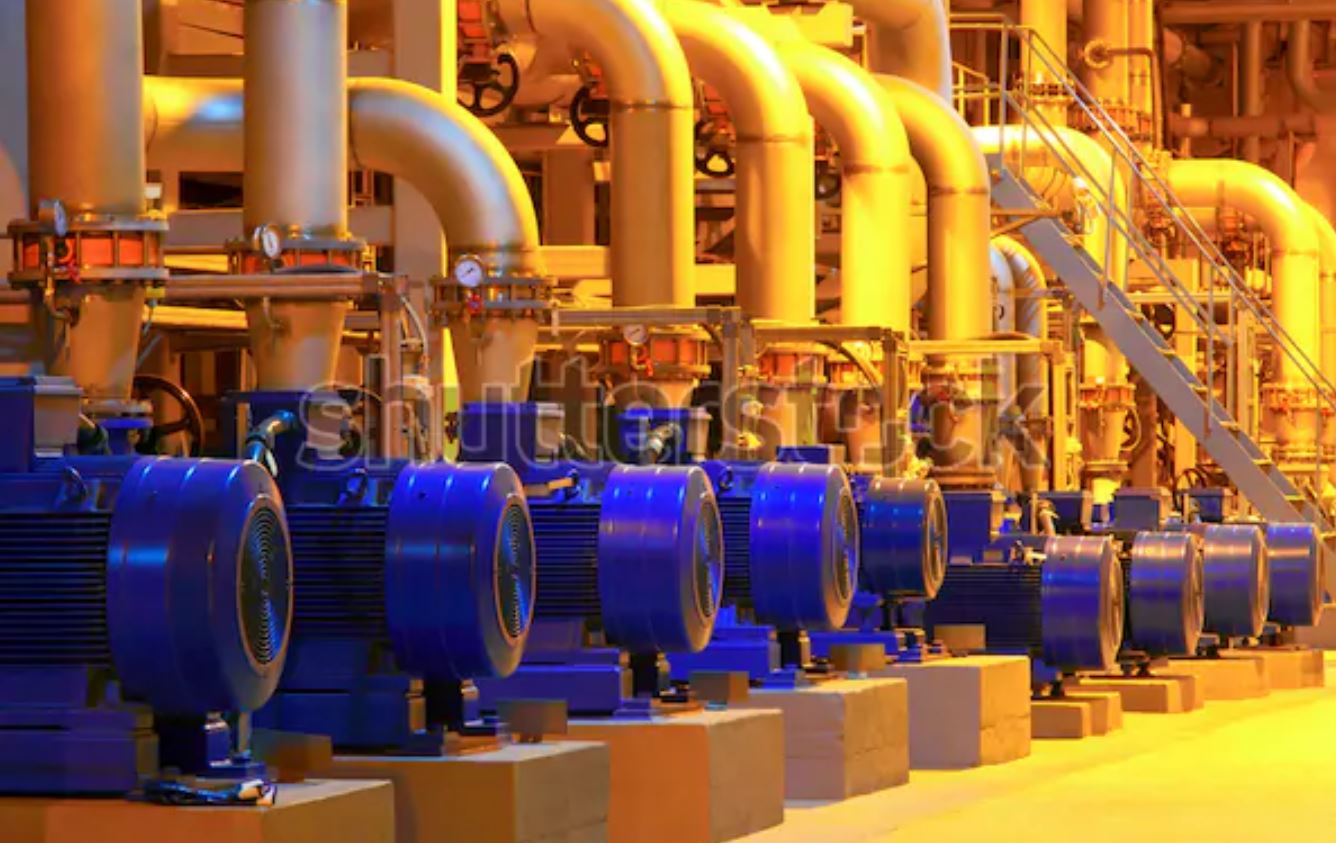As sobering as the perpetual news relating to global warming is, it’s causing more and more companies and consumers to be more aware of their carbon footprint and energy consumption.This growing awareness is the driving force behind the development of amazing new green technologies, like the latest electric motor developed by ABB which boasts some pretty impressive statistics. In short, the technology firm claims that their motor is almost 100% energy efficient and buyers of said motor can expect to save at least half a million dollars over the lifespan of the motor. If your interest has been piqued, let’s explore how this significant advancement came to bear fruit.
The What
First thing is first. You might be asking how motor efficiency is measured and how this motor measures up to the rest of the field. Both equally good questions. The first can be answered using a motor efficiency ratio which can be quantified by dividing the mechanical power (output) by the electric power needed to achieve said mechanical power (input). In a series of factory acceptance tests, ABB’s motor 99.05% efficiency – meaning that 99.05% of the electricity inputted to the motor was translated into mechanical power. ABB’s result, which consequently proved to be 0.25% higher than the expected efficiency outpaces equivalent motors whose average efficiency falls between 98.2 and 98.8%.
This comparison between ABB’s innovation and the rest of the field may seem like a marginal improvement on already efficient technology, but when you extrapolate 0.25% greater efficiency over the lifetime of one of these motors it becomes clear that even seemingly modest gains can yield big results in terms of cost savings, CO2 emissions, environmental impact, and profitability. Dubious? Let’s break it down.
Running all day every day, ABB’s motor saves 110 kW of electricity. Over the course of 20 years – the lifetime of a motor – this savings translates into approximately $500,000 in electrical cost savings. In terms of environmental impact, just 1 kWh of electricity is responsible for producing 0.45 kg of carbon dioxide. Over that same 20-year period, this slight improvement in efficiency translates to 86 tons of CO2 that is not unleashed into the atmosphere — and that’s just one motor that can operate 0.25% more efficiently.
The How
So how does one produce a super efficient electrical motor? If you’re ABB, you start by leveraging the 100 years worth of experience you have manufacturing electric motors to optimize the motor’s electrical and mechanical features and vibration reduction. You also used high quality components (both rare and non-rare earth magnets) to generate powerful magnetic fields that allow the motor itself to be built smaller without limiting its power density. You could also alter the design of an induction motor, so rather than relying on the generation of magnetic fields to achieve high levels of efficiency, you can take advantage of synchronous reluctance instead to observe a similar result.
The Why
It should come as no surprise that the world’s energy needs today dwarfs that of decades past. Current consumption levels have nearly doubled in the last 30 years and the current outlook shows energy consumption levels growing at an exponential rate. The fact of the matter is that this growing need for energy cannot be satiated using current technology without irreparably damaging the environment and obliterating profits; reliance on yet to be developed technology is not enough — efficiencies need to be developed in technologies that exist today. The efficiency achieved by ABB, small though it may seem, represents a monumental step in the right direction.
The demand for super-efficient electric motors will only increase as consumers and companies continue to push the eco-conscious narrative. The prevalence of these electric motors and other electricity powered technology there will be a commensurate demand for highly skilled electronics technicians.

